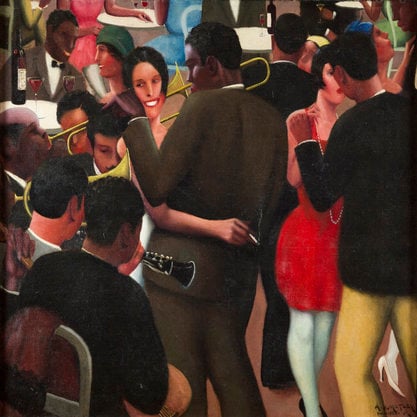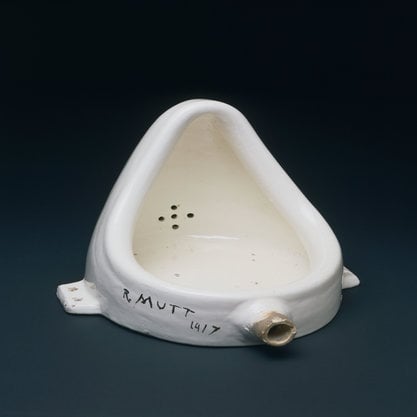Article
Satie, Erik Alfred Leslie (1866–1925) By Dorf, Samuel N.
Article
Erik Satie’s compositions, writings, and humor played an important role in many modernist movements of the twentieth century. Experimenting with simple forms, neoclassicism, mysticism, satire, and Dadaism, Satie collaborated with prominent artists, musicians, and institutions including Vincent Hypsa, Jean Cocteau, Pablo Picasso, Rene Clair, Francis Picabia, Claude Debussy, Man Ray, the Ballets Russe, the Ballets Suédois. Most recognized today for early his modal, pseudo-antique dances, the Gymnopédies and Gnossiennes, Satie also composed popular tunes, humorous piano works that mocked musical conventions, avant-garde ballets, as well as numerous mystical, irreverent, and nonsensical writings and drawings. His works and persona, sometimes whimsical, arcane, gothic, mystical, or Dadaistic inspired later generations of modernist artists and composers such as Les Six, Virgil Thomson, and John Cage.






